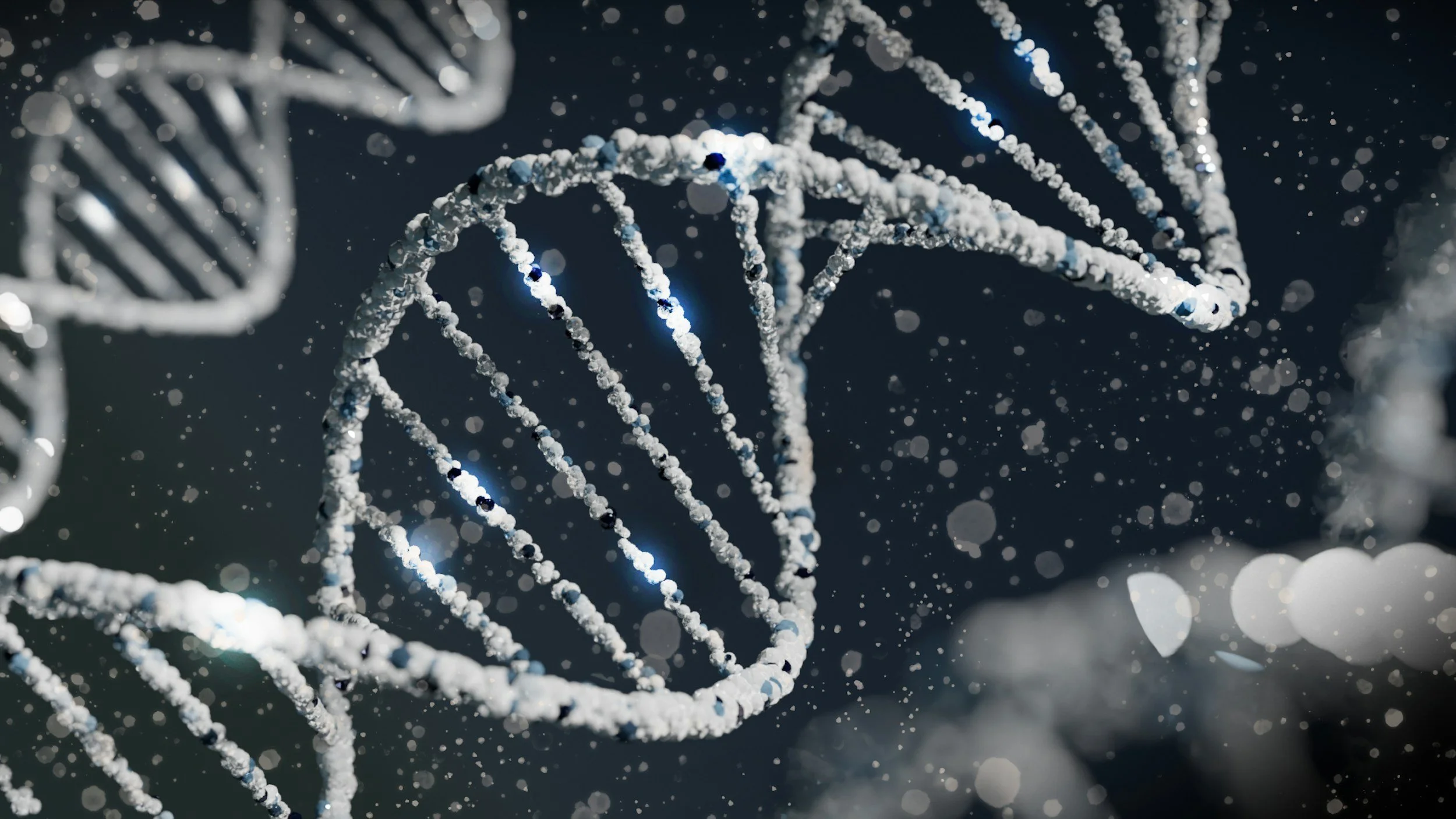The Language of Trauma, Part 6: Intergenerational Trauma
Have you ever felt emotions that didn’t quite make sense? Fears, shame, or anxiety that seemed to come from nowhere? Perhaps you’ve noticed similar patterns in your family, continually repeating themselves. Any of these might be signs of intergenerational trauma.
In this sixth post in our Language of Trauma blog series, we define and explore signs of intergenerational trauma. We also expand on the healing approaches offered at Rezak Therapy and suggested by experts like Gabor Maté, Peter Levine, and Deb Dana.
What Is Intergenerational Trauma?
Intergenerational trauma refers to the emotional wounds, stress responses, and survival adaptations passed down from parents to children. These wounds originate in major life stressors. This eight-part blog series has explored examples like war, genocide, displacement, addiction, neglect, abuse, or systemic oppression. The pain is not only psychological; it’s biological, relational, and cultural.
As Dr. Gabor Maté explains, trauma isn’t only what happens to you—it’s also what happens inside of you as a result. Children absorb their environment. This is particularly true when it comes to stress, fear, and emotional disconnection. These emotions can get encoded in children's nervous systems and behaviors. Even if the original event happened before they were born. Trauma therapy can help.
Signs of Intergenerational Trauma
Intergenerational trauma can look different in different people, depending on your family history. Some common signs include are included below.
Repeating patterns of abuse, addiction, neglect, or codependency across generations
Unexplained anxiety or guilt, and feeling responsible for others’ emotions
Hyper-independence or people-pleasing—both are survival strategies learned in environments where safety or love was uncertain
Feeling lost or ashamed of your roots, especially if your family history includes displacement or cultural erasure
The Science Behind Intergenerational Trauma
Dr. Bessel van der Kolk, in The Body Keeps the Score, highlights that trauma lives in the body and nervous system. It can affect how the brain develops, how we respond to stress, and even how our genes express themselves.
Epigenetics is a growing field of science. It shows how trauma and environmental influences can affect gene expression across generations. This doesn’t mean trauma is destiny. It means that healing and safety can be passed down - through both nurture (environment) and nature (genetics).
Deb Dana, a leader in Polyvagal Theory, teaches that our nervous systems develop in relationship. When a parent is overwhelmed, disconnected, or fearful, it impacts the child’s ability to feel safe and connected. These states of nervous system dysregulation are contagious. So are nervous system regulation and co-regulation.
Four Reflection Questions Regarding Intergenerational Trauma
Bringing awareness to intergenerational trauma is the first step toward healing. Here are four questions for reflection or as writing prompts.
What are some emotional patterns in your family that you’ve noticed repeating?
What survival strategies did your caregivers pass down?
Are there any family stories that feel unresolved, secretive, or avoided?
What emotions or behaviors of yours might belong to a larger history?
These reflections may be difficult. Be gentle with yourself as you explore them.
Healing Intergenerational Wounds
Intergenerational trauma doesn’t end with awareness alone, but it can end with you. Healing takes time and work. Here are some supportive approaches that Rezak Therapy's trauma therapists incorporate with our clients.
Peter Levine, a pioneer in somatic therapy, emphasizes that trauma healing must involve the body. Practices that help you connect to bodily sensations—such as breathwork, grounding, movement, or body scans—can help release stored survival energy.
Following Deb Dana’s work, polyvagal approaches help regulate your nervous system by building safety in the body and relationships. Therapy can help you notice when you're in "fight, flight, or freeze" mode—and gently return to a more regulated state of connection.
Exploring your "inner family" through Internal Family Systems (IFS) can help heal inherited roles—like the caretaker, the rebel, or the invisible one—that may no longer serve you.
Learning your family history, reading about collective trauma, or sharing your story with trusted others can reduce shame and isolation. As Gabor Maté writes, “The attempt to escape from pain creates more pain.”
Helpful Resources
It Didn’t Start With You by Mark Wolynn – a guide to understanding inherited family trauma
The Myth of Normal by Gabor Maté – explores how modern society disconnects us from ourselves and others
The Body Keeps the Score by Bessel van der Kolk – essential reading on how trauma lives in the body
Anchored by Deb Dana – teaches nervous system regulation in an accessible way
"The Wisdom of Trauma" – documentary featuring Gabor Maté
You Can Be the One Who Breaks the Cycle
Healing intergenerational trauma in trauma therapy is not about blaming your parents or grandparents. It’s about bringing compassion, curiosity, and courage to the patterns you’ve inherited and observed. It's also about rewiring your brain by choosing something new. You deserve to feel safe in your body, connected in your relationships, and proud of where you come from.
You don’t have to carry it alone. Do you want support in understanding or healing from intergenerational trauma? Reach out for a free 15-minute consultation to explore if trauma therapy at Rezak Therapy in Pasadena, California is right for you.




